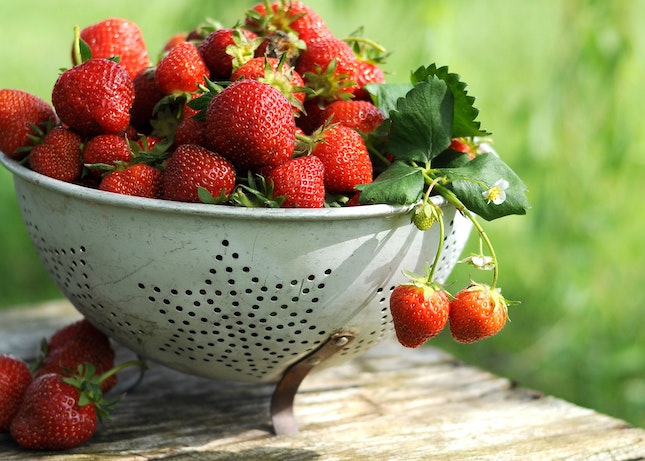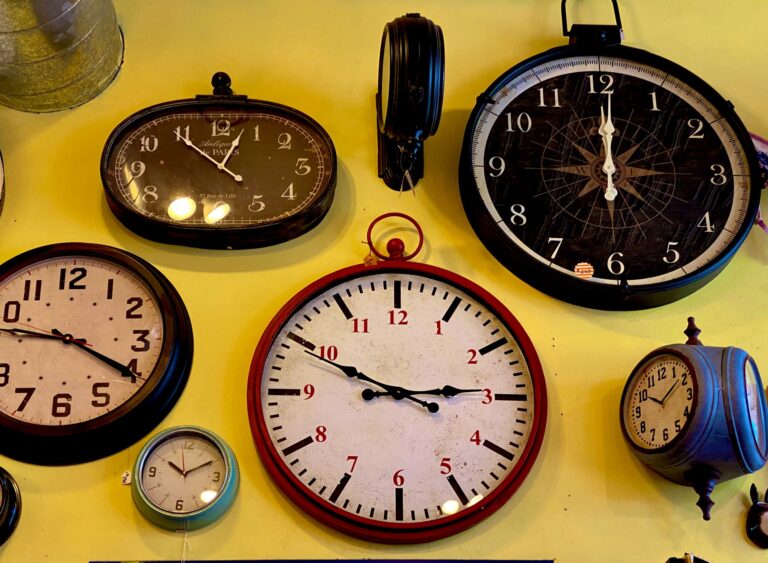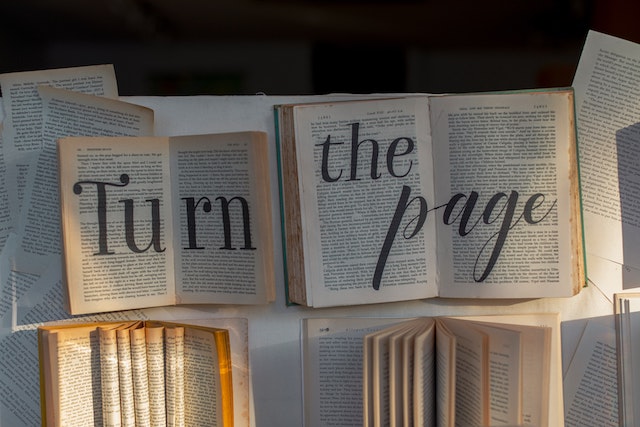Setting: How To Make Your Reader Feel Like They’re There

You know you want your reader to connect with your protagonist sleuth. One of the best ways to make that connection is to paint a picture of how your protagonist responds to the world around them—the setting in the scene.
Your protagonist may be in the midst of a big city, or trawling through suburban sprawl, or in the morning mists by the ocean. If you paste in the setting to add “color” to your story, you’re doing only half the job.
Your reader may visualize the setting, but until you give them an emotional response, those setting details are unlikely to elicit feelings. Emotional connection is what you need from your reader. You want them to care.
Beginning writers often overlook the depth that setting adds to a story. Setting embellishes the storyline and characters.
Elements of Setting
As an author, you have many ways to include setting in your story because setting includes a variety of elements. You can use them all to give readers a sense of where your characters are in place and time.
Although you may think setting is the place where the story takes place, be sure to include all the elements of setting in your story. You’ll give your readers a sense of where your characters are and how they move through the elements of setting to achieve their goal.
- Location. This relates to the physical environment where your story happens and what many people consider as setting. Country, region, state, town, Shoreline, lakeside, inner-city, countryside, forest trail, Neighborhood, street, school, county seat, sheriff’s office. Ancient manor, modern apartment,seaside cottage, suburban home. Kitchen, bedroom, patio, dining room, hallway, kid’s room. Wherever your characters go in your story provides ample detail to include.
- Seasons. Time of year provides details that directly impact characters who march through snow, swelter in the sun, enjoy spring flowers or suffer from allergies, or bask in the slanted light on autumn leaves. Holidays and festivals vary in different seasons as well. Plus, personal anniversaries like birthdays, anniversaries, or death of a friend or loved one.
- Time of Day. Morning, afternoon, dead of night, dawn, dusk. Light or the absence of light intensifies the sense of being in the moment in your story.
- Elapsed Time. Guide your reader through the story with the passage of time. Is it a few minutes after the last scene or months? What happened in the interim? Keep your reader in the time flow.
- Atmosphere. Weather, temperature, and lighting are tangible to your characters influencing how they act in your story. Give readers the details to help them “feel” the story.
- Climate. Where your story is located, the geography, will impact the overall climate. Hot and humid. Hot and dry. Cold with fierce winds. Another enjoyable 72℉ day. Do people stay indoors? Are they out and about? Latitude, altitude, prevailing winds, even ocean currents all influence the setting of your characters.
- Geography. Your story setting may be set far, far away from your reader. Help them understand the ecosystem, flora and fauna, land masses, and the climate in your story’s universe. Humankind influences geography with man-made changes like dams, river diversions, bridges, ports, cities and other constructions.
- Cultural Environment. Social and political influences surround your characters. Culture, politics influence your story with conventions about family roles, community involvement, slavery, These influence your characters’ sensibilities and the way they interact with other characters.
These are the main attributes of the setting to color your story. Depending on your story other setting details such as population density or ancestral values from another culture can enrich your story even more.
Your Character and The Setting
When your sleuth reacts to the setting, you build empathy for your reader. Get your sleuth and characters to react to the physical details through sensory imagery.
When you use these details, the setting becomes like another character in your story influencing character actions. Jane Harper used these details effectively in her debut mystery, The Dry. And James Lee Burke’s characters interact with the Louisiana bayous and New Orleans city streets in his Dave Robicheaux series, beginning with his first mystery, The Neon Rain.
Add your character’s response to the setting. Here are four ways to connect your character with the setting. Each time you connect your character with what is around them, you build reader empathy.
- Emotional response – the setting gives them the creeps or makes your protagonist feel vulnerable, or helps them relax after an intense suspect interview. Whatever you are describing, show how your character feels about it.
- Five senses – Include at least two, if not three, of the five senses in each scene. The senses create an immediate response in your reader. They’ll know what your character is seeing, hearing, touching, tasting, or smelling.
- Scatter the description – Keep your reader engaged with a sense of place by scattering setting details throughout the scene. With the emotional and sensory responses, you keep your reader engaged. Avoid long descriptive passages. Your reader won’t feel that emotional connection.
- Mood – Setting also connects your reader to the mood of the scene—vibrant, dark, tranquil, etc. As your character moves through the world of the setting and responds—a carnival street, a moonlit night, a deck over the ocean—your reader gathers a sense of the mood.
Make the Connection: Setting, Character, Reader
The story world is the ecosystem your sleuth navigates. You create the world of your story, so have a sense of your detective’s world. Use elements of the world to ground your readers and to give them a sense of how your detective fits or doesn’t fit in the world.
A portion of this article is excerpted from Write A Killer Mystery, the course for mystery writers to take you from story idea to The End.
Photo by Jaime Casap on Unsplash





